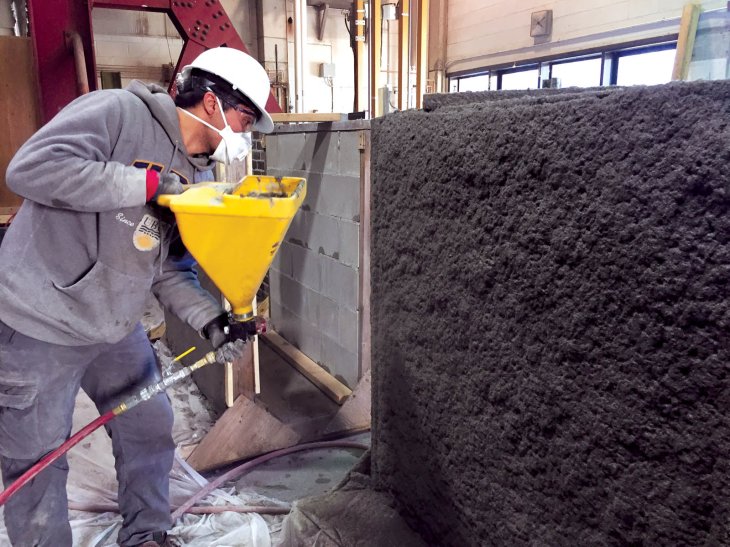Science Corner: What Makes Toothpaste And Cement Become Solid Over Time?
Anil - Jun 05, 2020

It took scientists many years to finally understand what exactly led to the transformation of these pastes.
- Japan Hydrogen Breakthrough: Scientists Crack the Clean Energy Code with Mind-Blowing 1,000% Efficiency Jump
- 'Five-second rule' For Food Dropped On The Floor: Is It True?
- Scientists Want To Send 6.7 Million Samples, Including Sperm, To The Moon
Have you ever wondered why toothpaste and cement can turn into a solid material after a period of time exposed to the air?
This is totally an intriguing question; however, the answer that can explain what is making these pastes’ structures to change has not been verified.

With the aspiration for finding a plausible key to this phenomenon, an international group, comprised of a team from the Ecole des Ponts as well as the Université Paris-Est in France and a professor from the University of Delaware, has been working on the solidification of toothpaste and cement and eventually had their exact answer, which was publicized in Nature Materials.

These paste materials are also known as ‘dense colloidal suspensions’, which can become hard when time flies. This change partly stems from the structural dynamics or their adjustment of loads under a period of time. However, it took scientists many years to finally understand what exactly led to the transformation of these pastes.

It was explored that there exists another process that is called contact-controlled aging is happening in these materials. This process helps the global team to fully understand the age-related changes inside the pastes.
>>> Sniffing Your Partner's Fart Can Reduce Aging, Study Shows
They found some connections between particles in the paste that can stabilize their microstructure in the end. After that, these contacts solidify and make the whole material become a hard one.
Based on the explanation provided by Professor Eric Furst from the University of Deleware, the mechanism of these pastes has been overwhelmed by changes in the material’s organization or microstructure when it is regarded as an aging process in materials, especially in rheology or the study of how things operate.
This finding is considered as a very useful exploration of the century. It will apparently help those who have to work with these pastes to create better ways to estimate and minimize unexpected changes as they age. The materials mentioned should include cement, clays, soils, inks, and so on - common materials used in many industries all over the world.
>>> Man Broke Into Museum Amid COVID-19 To Take Selfies With Dinosaurs
Featured Stories

Features - Jul 01, 2025
What Are The Fastest Passenger Vehicles Ever Created?

Features - Jun 25, 2025
Japan Hydrogen Breakthrough: Scientists Crack the Clean Energy Code with...

ICT News - Jun 25, 2025
AI Intimidation Tactics: CEOs Turn Flawed Technology Into Employee Fear Machine

Review - Jun 25, 2025
Windows 11 Problems: Is Microsoft's "Best" OS Actually Getting Worse?

Features - Jun 22, 2025
Telegram Founder Pavel Durov Plans to Split $14 Billion Fortune Among 106 Children

ICT News - Jun 22, 2025
Neuralink Telepathy Chip Enables Quadriplegic Rob Greiner to Control Games with...

Features - Jun 21, 2025
This Over $100 Bottle Has Nothing But Fresh Air Inside

Features - Jun 18, 2025
Best Mobile VPN Apps for Gaming 2025: Complete Guide

Features - Jun 18, 2025
A Math Formula Tells Us How Long Everything Will Live

Features - Jun 16, 2025
Comments
Sort by Newest | Popular